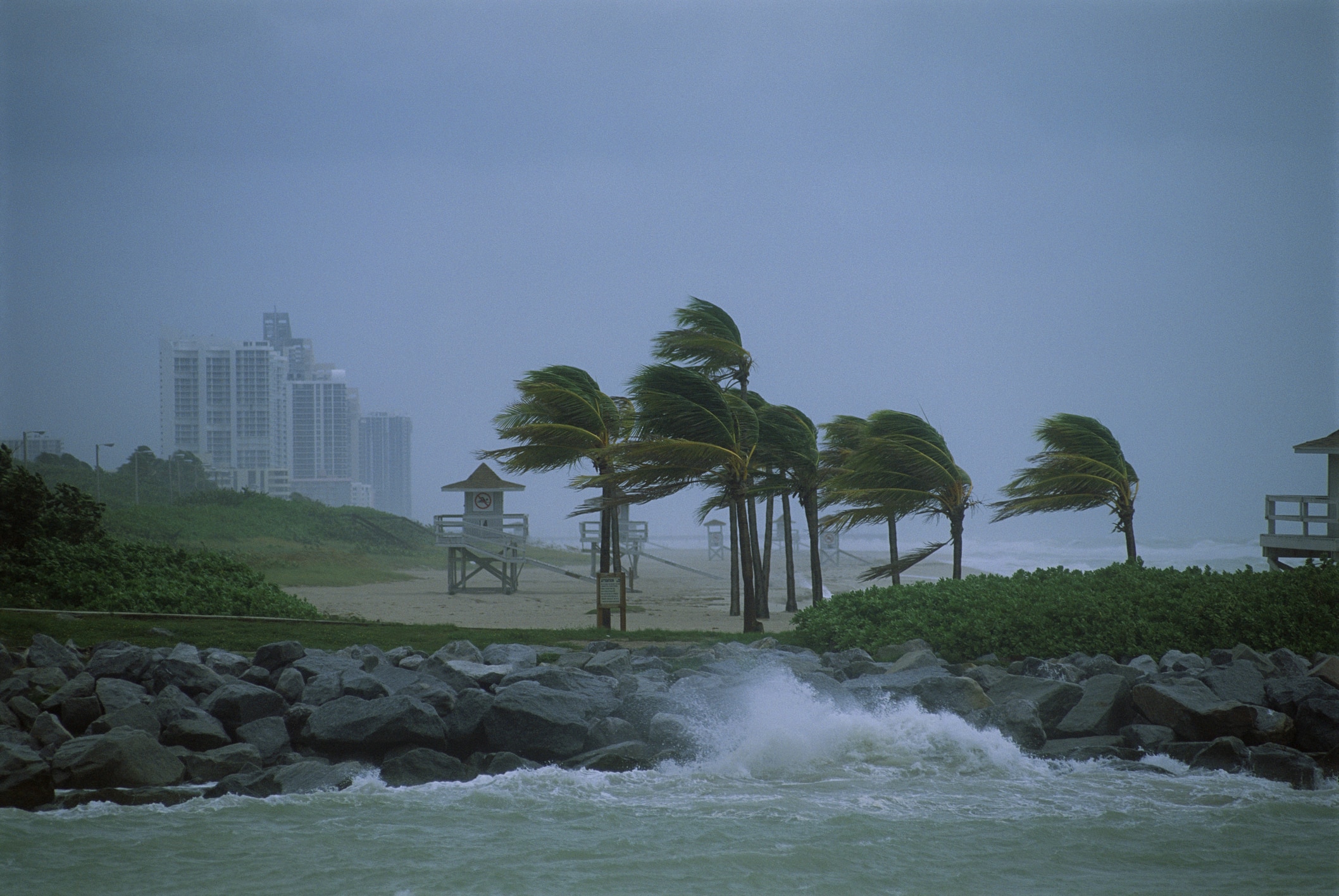By Godfrey Mutizwa
The World Bank says the climate change fight demands a focus on long-neglected structural challenges that are worsening the impact of natural disasters in Africa and other developing countries.
“Some of those structural challenges span from years of environmental degradation,’’ Anna Bjerde, the bank’s Managing Director for Operations told CNBC Africa last week after seeing villages devastated by Cyclone Freddy in Malawi in February and March.
The World Meteorological Organization says the cyclone may have been the longest in history. Over five weeks, it destroyed roads and other vital infrastructure in Madagascar, Malawi and Mozambique. Officials estimate about two million people were displaced while more than a thousand died.
According to the United Nations, changing rainfall patterns and more extreme weather threaten Africans’ food, water and socio economic development and more needs to be done to help the continent cope better.
Loading...
Bjerde, back in the region for the first time since taking up the operations role last month, says she was enthused by the energy of the Malawian people and the government’s response in helping rebuild communities.
“I saw an incredibly resilient population where a lot of people want to make a change, and a lot of innovation around sustainable solutions like renewable energy, like more climate-smart solutions in agriculture and solutions for the most vulnerable and poor to have access to clean water,” she said.
But countries like Malawi will need more help from the World Bank and other development institutions to help build climate resistant economies by improving their infrastructure, Bjerde said.
The bank has a twin approach to this, she said, outlining short-term measures such as providing extra resources to governments, and identifying long-term priority projects to build inclusive economies.
“The broader development community’s role is to continue to support with technical solutions, with financing, with building capacity and perhaps most importantly making sure that these solutions are really inclusive.’’
Developing countries also need to involve their private sectors, she said, addressing challenges such as access to markets and finance, providing basic infrastructure and rebuilding value chains as part of an overall effort to improve business environments, especially given rising public debt levels.
“I am very worried by the increased level of debt that we are seeing and actually… we are seeing right now that about of 60 percent of low income countries in the world either at risk of debt distress or already at debt distress levels,” she added.
The bank was playing its part in its new operating model which was discussed at this year’s Spring meetings in Washington DC. The model among other things seeks to boost the bank’s capital and address borderless global challenges at the country level.
Loading...
